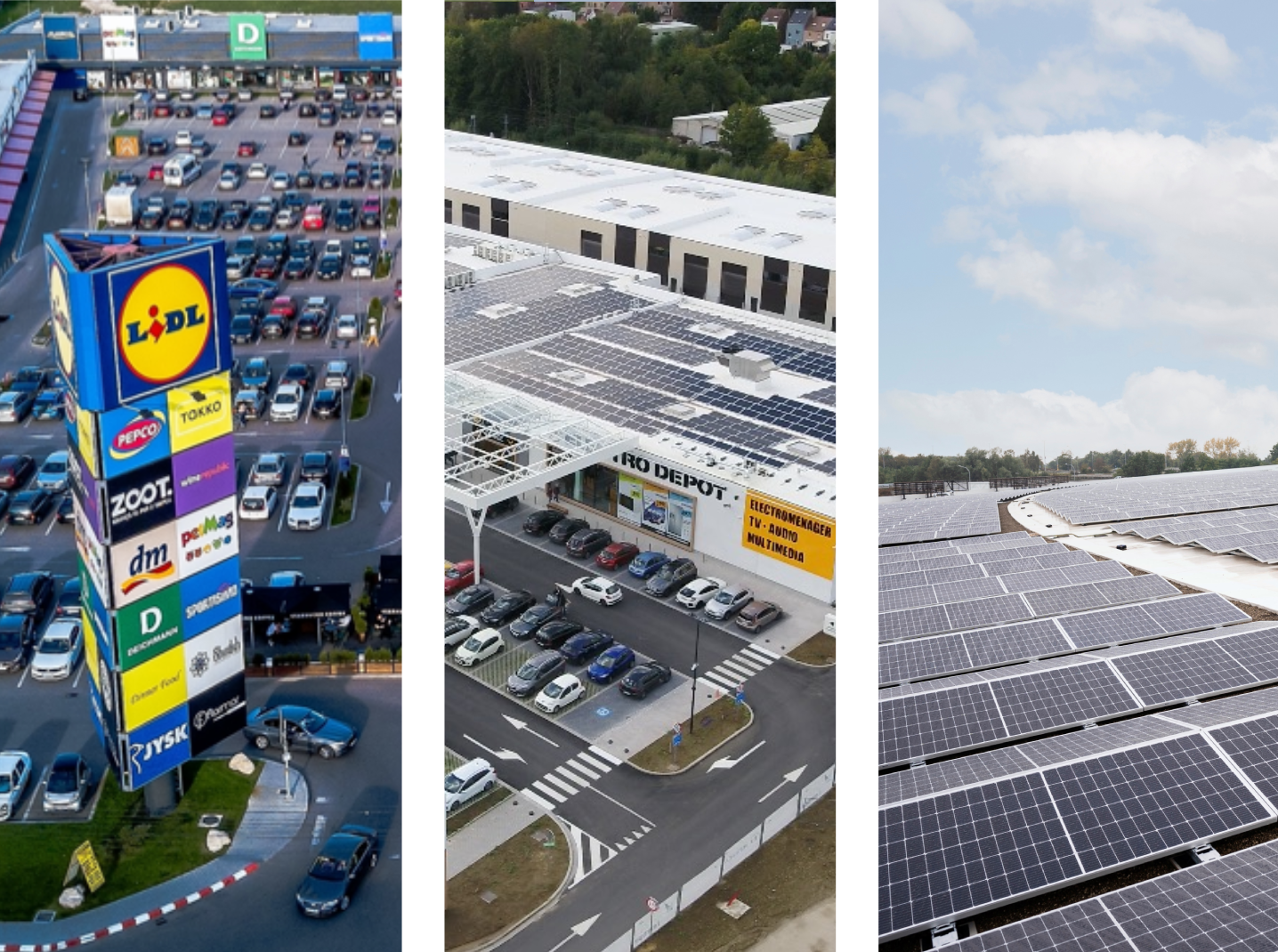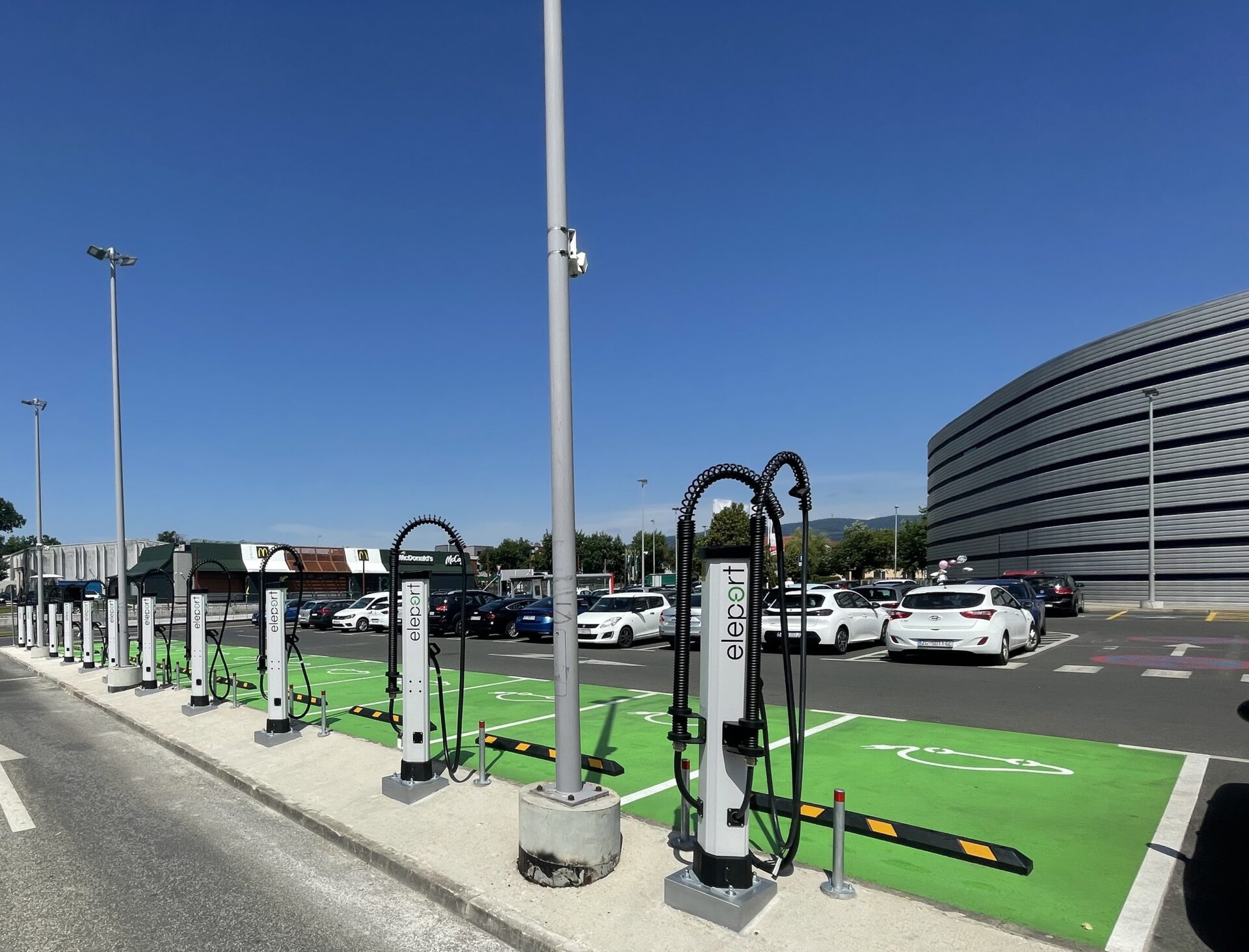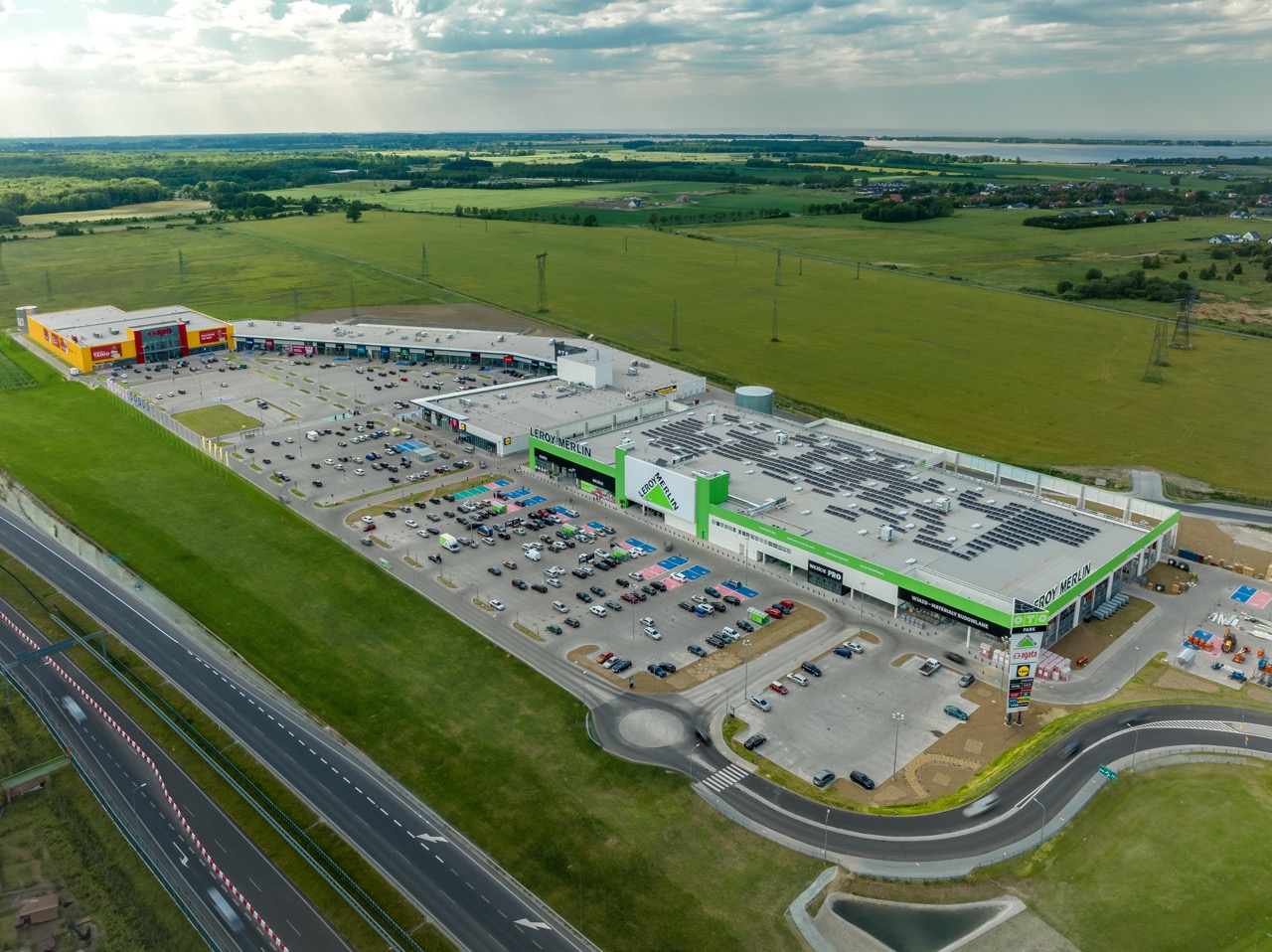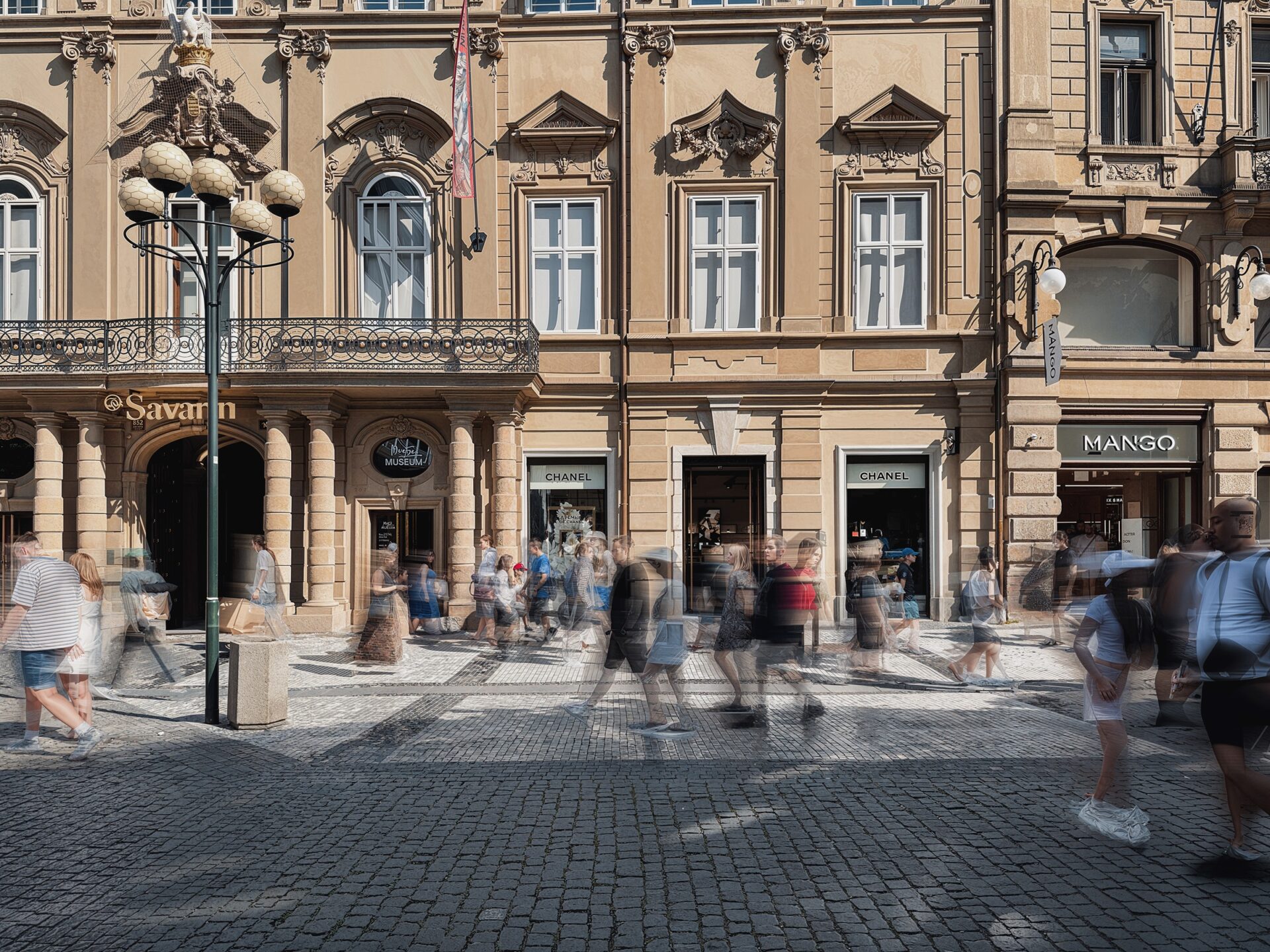As we look to the coming year, here are Mitiska REIM’s thoughts on three key trends which the company believes will shape the retail, urban logistics and multi-let light industrial sectors in 2022.
Trend #1: Greater polarization between winners and losers in retail
Underlying the short-term impacts of the COVID 19 pandemic are more longer-term trends that are creating a greater polarization between winners and losers in the retail market.
One trend is that consumers have become progressively time-poor but at the same time increasingly value-oriented. This has led to their selection of retail channels becoming based on either the experience that the shopping delivers or the convenience offered by different retail channels. When it comes to experience, destination-driven shopping at prime dominant high streets, shopping centres and outlet centres will continue to attract consumers’ discretionary spending in 2022 and beyond.
Convenience is at the other end of the spectrum and has been brought to the fore even further by the pandemic. As consumers have continued to become more purpose-driven and value-oriented in their shopping, they’ve been choosing retail packs and e-commerce for their essential spending.
As a result of this polarization, it is the ‘squeezed middle’ of non-prime retail in city centres and small shopping centres lacking a unique proposition that has been most impacted during the pandemic and will continue to be so moving forward.
“We expect the trend of polarisation to continue and the retail park offering based on convenience, essential shopping and value for money to remain a popular channel for shoppers, retailers and investors alike. At Mitiska REIM, we have seen the appetite by all stakeholders and investors grow, particularly since the end of last year, and expect this to continue, supported by the proven resilience of the asset class, its defensive rental levels and the attractive yield profile,” said Mitiska.
Trend #2: Rising interest in mixed-use opportunities
Much has been written recently about the opportunities in retail parks, urban logistics and multi-let light industrial, mostly viewing these as separate sectors. Mitiska expects that in 2022 we’ll see rising interest in mixed-use schemes that combine the best elements of all three.
“At first glance, there is commonality – all three require urban infill locations with good transport links. But we believe that there are more synergies that can be realised by thinking more broadly of retail parks, urban logistics and multi-let light industrial as convenience real estate. These mixed-use convenience real estate projects offer the opportunity to create a number of synergies,” said Mitiska.
For investors, they offer more flexibility in sourcing sites and more choice with regard to the combination of schemes that can be accommodated on a plot, thus maximising the value that can be created from the land.
For tenants, whether they be retailers, logistics companies or small businesses, the site becomes more of a go-to destination and therefore a more attractive place to work, with employees enjoying the daily shopping needs, services, restaurants and cafes offered onsite by the retail park.
In terms of e-commerce, the synergies between retail and urban logistics are increasingly becoming a growth area and an investment opportunity. Mixed-use schemes which offer a retail park open to consumers at the front, backing onto urban logistics units, are a great solution for omnichannel retailers by offering a front-to-back retail and logistics/returns operation, catering for future-oriented last-mile fulfilment.
Trend #3: An increasing focus on sustainability
Sustainability is now the new currency in real estate. The market’s perspective on sustainability has moved from a ‘nice to have’ to a key requirement, with green credentials now seen as a premium for commercial property.
This is a trend that will continue to gather momentum, fuelled by the demands of institutional investors, the desire of companies to become greener, and government initiatives to combat climate change. The adoption of metrics such as GRESB performance, BREEAM ratings and CRREM alignment, and the inclusion of solar panels, EV charging stations and LED lighting into designs and refurbishment plans have taken off in recent years as part of a larger Net Zero Carbon roadmap. Mitiska REIM has made strong progress in this area.
“The real estate market has recognised the importance of ESG and sustainability in driving long-term value for stakeholders and society by ensuring assets are ‘future proof’. We expect this to only grow in prominence in the coming years,” Mitiska concluded.







